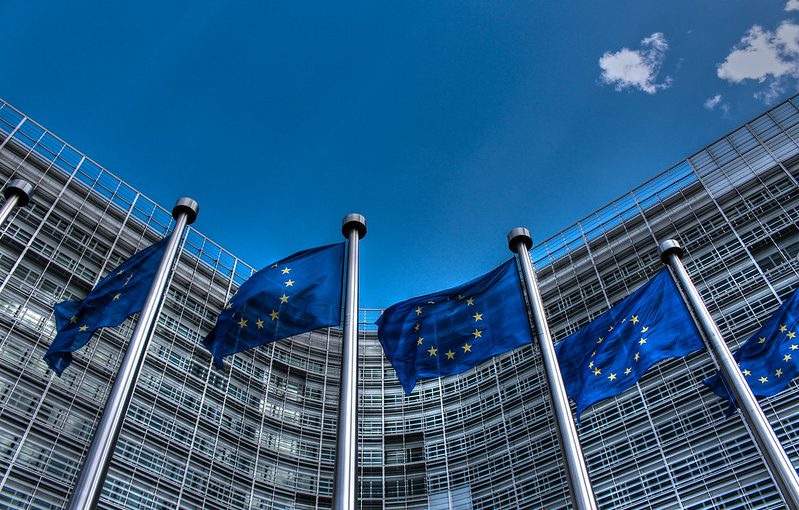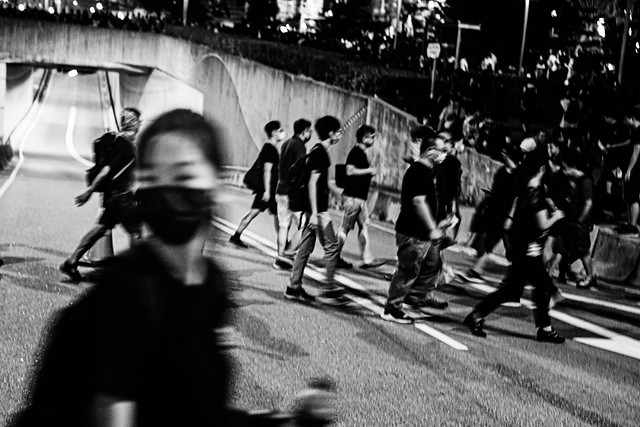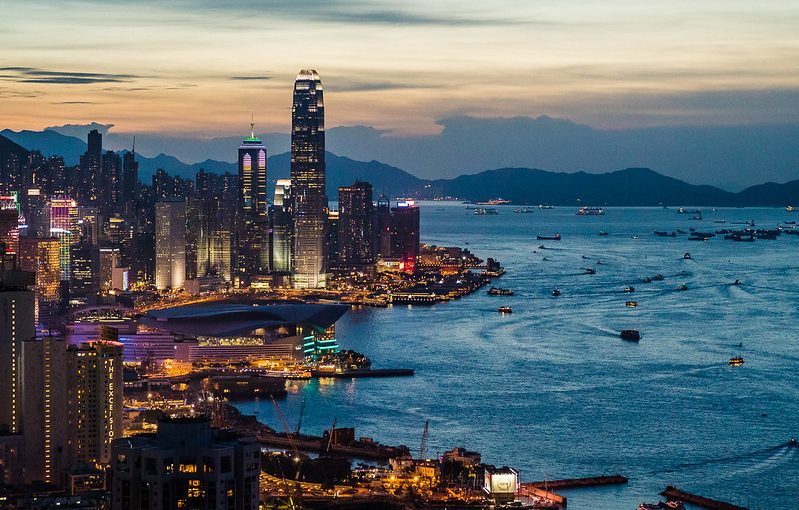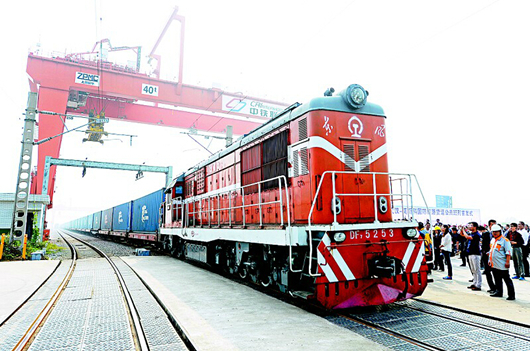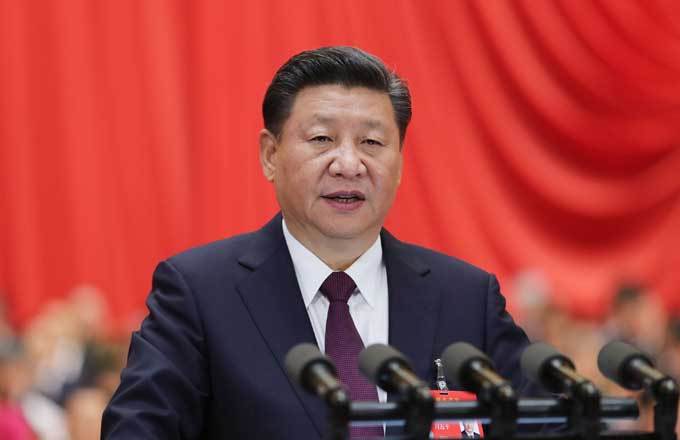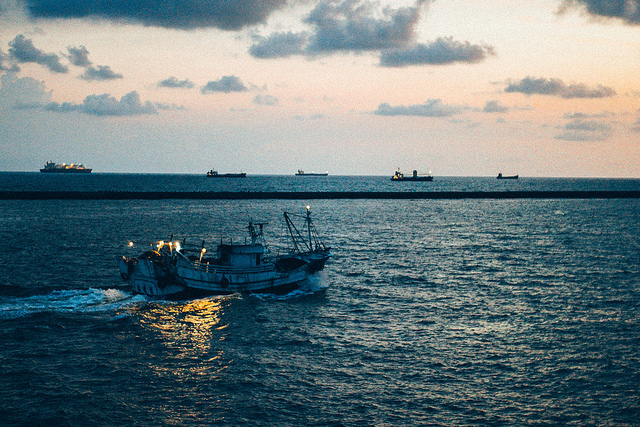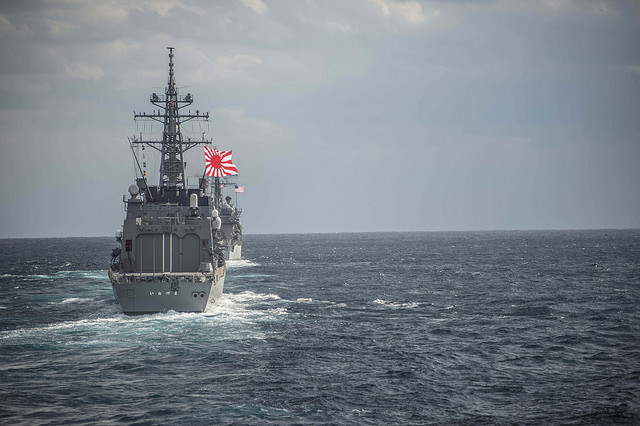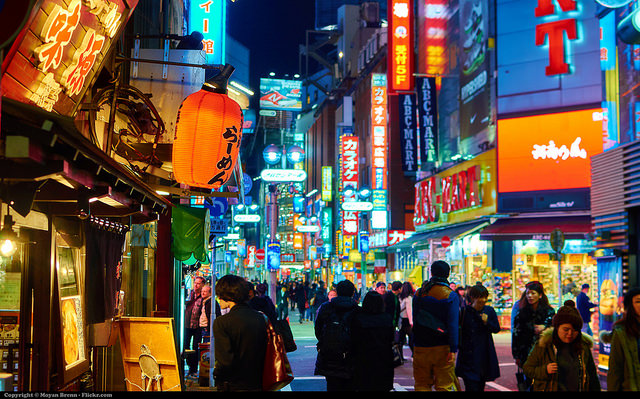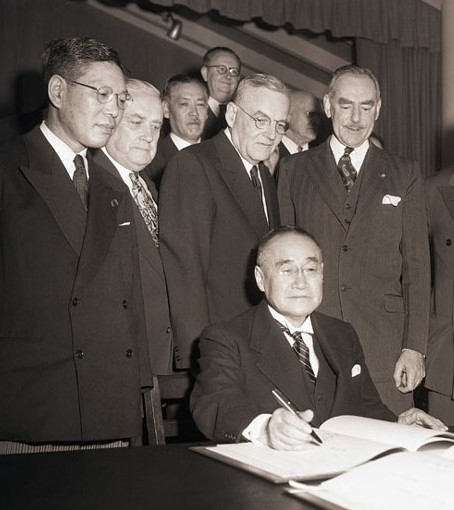by David Parmer / Tokyo
Introduction:
The often-repeated phrase in its entirety is: “The enemy of my enemy is my friend.”
But in late 2020, when it comes to China-VS-USA and Europe in the middle, it seems that there are no friends to be found for any of the participants. Whatever way you draw the triangle, “friendship” is not one of the components.
In this article we will take a look at the relationship among the three countries and see how the dynamics as they now stand spell only disengagement in the short term and even conflict in the long term despite historical and long-standing mutual interests.
Finally, how is China losing the battle for mind-share, not only worldwide, but particularly in Europe?
Europe Puts European Interests Over American Interests and Goes Its Own Way
- Huawei Situation
Background: Huawei, one of the top 3 mobile phone manufacturers has, since May 2019 been the subject of crippling US sanctions which have significantly impacted its business. More than just a sideshow to the ongoing US-China trade war, the US sanctions have impacted global procurement not only in consumer products but also negatively affected IT networking. The US complaint about Huawei focused on three issues:
- Cyber security
- Links to the People’s Liberation Army (PLA)
- State sponsorship of Huawei
After a series of extensions the Huawei ban has come into full effect in 2020. The company has admitted that the sanctions are taking a major bite out of its business, but at the same time has found some temporary work-arounds in its mobile phone business. Huawei uses the Android system, but Google is now prohibited from working with Huawei. Huawei ships Android phones without the Google applications, which makes the phones potentially less attractive. Huawei is trying to court developers to its platform in hopes of increasing its appeal to consumers. Recently the company has come out with the Harmony OS which it will start using with certain devices, but still use Android for phones. Some say it is all a matter of time before Huawei Harmony becomes their default OS for all devices. (2021?)
As for the business-to-business side (B to B) of Huawei, the company operates in 170 countries worldwide. As the rollout of 5G technology takes place worldwide, Huawei is at stage-center in the US-China trade disagreement and sanctions. And the US has/is putting enormous pressure on the Europeans to exclude Huawei from their 5G upgrades. So far, the UK has decided to exclude Huawei.
There has been no stampede among the Europeans to get behind the US and the UK on this issue. However, Sweden, Spain, Austria, and Hungary have not excluded Huawei. France has ruled out a total ban on Huawei and Germany is sitting on the fence. For many countries, excluding Huawei is not only a political issue, but a technical one as well: many countries have legacy Huawei equipment, and switching suppliers to non-Chinese suppliers or local suppliers is a real headache. German’s decision, when it does come, will probably clarify the issue for many Europeans. Which countries will finally line up with the US, UK and Australia on the Huawei ban remains to be seen, but many countries are certainly feeling the heat generated by the US-China rivalry.
- The JCPOA or “Iran Deal”
The 2015 Joint Comprehensive Plan Of Action (JCPOA) was an agreement between Iran and six other countries including China, Russia, the United States and the United Kingdom as well as Germany and the European Union. The agreement called for Iran to curtail enrichment of uranium and permit on-site inspection by the International Atomic Energy Agency. In exchange for this Iran would have sanctions by the European Union, United Nations and the United States lifted. There was also the matter of some Iranian Ian funds being released.
The agreement went into effect in January 2016 and Iran was found to be in compliance with the agreement as a result of several subsequent on-site inspections. In May 2018 US President Donald Trump withdrew the United States from the JCPOA citing hidden Iranian nuclear programs that were not reported in the past.
While the US withdrawal was not a fatal blow to the JCPOA, it did create serious problems. If the Trump administration assumed that the parties to the agreement would simply walk away, they were mistaken. The Europeans and the Chinese and the Russians did not walk away from the deal, but rather tried to keep it alive by all means possible.
The Europeans even came up with a barter scheme whereby Iran could exchange its oil for goods as well as other ways to assist Iran in the face of American sanctions. The Europeans have tried to keep the JCPOA on “life support” and keep the agreement intact, much to the annoyance of the Trump administration and the Netanyahu administration in Israel.
On September 21, 2020 Secretary Pompeo announced that the US was re-imposing sanctions on Iran under the “snapback” provisions of the JCPOA. Earlier in the summer, President Donald Trump had announced this action to the consternation of the remaining JCPOA participants including Iran. Since the US was no longer a member of the agreement, it could not possibly call for “snapback.” But that is what the Trump administration did. And proceeded to re-impose sanctions. However the parties to the agreement, particularly the Europeans soundly rejected the legality of the move and refused to support the re-imposed sanctions. China and Russia went along with the Europeans and Iran.
The lack of solidarity with the US on the JCPOA is another case where the Europeans have acted in their own way and their own interests in dealing with a traditional and long time ally. These days, many aspects of the “special relationship” seem to be water under the bridge in light of the nationalistic, “America First” policies of the Trump administration.
- Europe and NATO’s Article 5
In 1945 Nazi fascism has just been defeated and most of Europe was in ashes. No sooner had one threat been removed than another one sprang up. The Soviet Union and America faced off in what was to become known as the Cold War. Russia had imposed its own brand of communism on Eastern Europe and this block of states stood behind what Winston Churchill called an “iron curtain.”
To counter the Soviet takeover of Eastern Europe and the threat of further Soviet expansion, 12 countries banded together in 1949 to form the North Atlantic Treaty Organization (NATO). The purpose for their association was collective defense as outlined in Article 5 of the treaty signed in Washington. Simply put an attack on one country or its representatives or interests would be considered an attack on all, and all would have to respond. The Soviets came up with their own version of NATO six years later when they established the Warsaw Pact in 1955. Collective defense as outlined in Article 5 was not invoked until 2001 when the World Trade Center and the Pentagon were attacked by Saudi terrorists using hijacked airliners.
For more than 70 years the alliance has held firm. What is distressing is a shift in attitudes across Europe. A 2020 Pew Research Center found that 50% said that their country should not honor Article 5 if another member country were attacked by Russia. Only 38% said that their country should abide by their Article 5 commitment. Despite this, the report found that Europeans generally had a positive impression of NATO.
There has been talk of a European Army to replace NATO. Harsh criticism was leveled against NATO by French President Emmanuel Macron who, in 2019, called the organization “brain dead.”
Other leaders like Angela Merkel who stated that there is still value for the Europeans in NATO participation. This comes on the back of constant harping by US President Donald Trump for European allies to increase their defense spending.
After 70 years, Europeans have mixed feelings about the function and existence of NATO and about honoring their Article 5 obligations. How things would change in the face of some unambiguous Russian aggression in the near future remains to be seen.
Europe Sees Its Own Self Interest in Supporting America and its Allies.
In at least two major ways areas, i.e. participation in in NATO and participation in the Indo-Pacific strategy, Europe has taken the pro-US, pro West strategy that would be expected of it.
Europe and NATO
The evaluation by NATO of its own performance over 70 years differs from the Pew Research Report in that NATO not only sees itself in favorable light, but also sees itself as having achievements of note during its first 70 years.
Seventy years ago, NATO’s founding treaty was signed in Washington D.C. Today, our Alliance is the strongest in history, guaranteeing the freedom of our almost one billion citizens, the security of our territory, and the protection of our values, including democracy, individual liberty, human rights, and the rule of law. We reaffirm the enduring transatlantic bond between Europe and North America, our adherence to the purposes and principles of the Charter of the United Nations, and our bedrock commitment enshrined in Article 5 of the Washington Treaty that an attack against one Ally should be considered an attack against us all. We are determined to improve the balance of sharing the costs and responsibilities of our indivisible security. (NATO Statement on the occasion of NATO’s 70th Anniversary).
The threat of Russian aggression for many NATO members is as real as it was in 1949. This has brought new members and new associations recently, particularly with the Nordic nations that live under the shadow of the Russian bear. The same goes for the Baltic republics of Latvia Lithuania and Estonia. Among themselves Nordic nations have banded together for military cooperation in logistics and procurement and inter-operability.
As noted in the last line of the NATO statement the countries involved are aware of their cost-sharing obligations even without the constant reminders, bordering on harassment, made by US President Donald Trump.
- Europeans and the Indo Pacific
As late there has been a pivot toward the US Indo-Pacific strategy by the Europeans and a distancing themselves from China. Both France and Germany have begun see their interests lying not just in their local area, but half a world away in the vast Indo-Pacific region.
In particular, Germany sets the example and aligns with the US and regional nations including Japan and Korea in calling for an open and free Indo-Pacific.
Europe Sides With China
Europe has many common interests with China and has acted accordingly. Europeans and Chinese access each other’s markets, and Germany, for example, has had a long and profitable economic relationship with the PRC, particularly in the area of automobile manufacturing. Europe also stands to benefit by both the overland and maritime branches of China’s Belt and Road scheme.
As noted above, France, Germany, the UK, and the EU have stood firm with China and Russia regarding the JCPOA, or Iran nuclear deal. This has been even in the face of strong pressure from the Trump administration which unilaterally withdrew from the agreement in 2018.
On August 14, 2020, the UN Security Council failed to support the US move to extend the arms embargo against Iran. US traditional allies (the E3) Germany, France and the UK abstained. This was a stunning defeat for the US and its policy of maximum pressure against Iran. The Trump administration pursues a policy of “America First” and distains globalization and the value of international organizations.
As noted earlier, President Trump himself harasses the Europeans publicly about their financial obligations to NATO in addition to his expressed distain for diplomacy and international cooperation. So it should be no wonder that when the US wants the E3 to fall in line with its Iran policy at the United Nations that the Europeans sit on their hands.
In fact, it might be in the best interest of the region and the world if the Iran arms embargo were continued, but a bullying form of leadership (that threatens sanctions even on its own allies) can only result in quiet resentment that shows itself in a lack of support and solidarity when support support and solidarity are called for.
Europe and China have acknowledged interests in both the global economy and in dealing with climate change. These common interests continue despite the Trump administration’s withdrawal from the Paris Agreement and its strident America First campaign. These common interests can be leveraged by China to maintain some of its “soft power appeal” seriously damaged by the Hong Kong and human rights issues.
Where Europe Does Not Side With China
Europe going its own way with regard to China is pretty much the top story of mid-to-late 2020. It seems that the romance with China, if there ever was one, is rapidly fading for the Europeans.
Many of the complaints that the Europeans have about China are the same complaints that the Americans have. However, as we have seen, this does not immediately make them allied in a common opposition to China.
Europe’s complaints with China leading to a disillusion with the PRC focus on human rights and China’s adoption of the national security law in Hong Kong and the situation with China’s Uyghur minority in Xinjiang. China has not made its case on the international stage to support its actions in Hong Kong, and has been branded as destroying or not living up to the promises it made regarding One Country Two Systems when Hong Kong returned to Chinese control in 1997.
China’s Massive Failure to Communicate
China has not responded to criticism of its actions to restore and maintain order in Hong Kong.
It could have emphasized that it relied on the government of the Hong Kong SAR to handle the crisis and did not send in the People’s Liberation Army. Instead it chose to focus on its opposition to any kind of independence or secession which was seen as the real threat by Beijing.
This lack of defense of its own position lead the PRC to be seen and labeled as an oppressor of Hong Kong democracy, and a destroyer of the 1997 agreement.
The fact that local council elections were held at the time of the protests and that anti-Beijing candidates swept the election, and the election was let stand by the government has not been fully reported as an example of Hong Kong style democracy at work.
Coupled with this is China’s handling of its Uyghur minority in Xinjiang. China has never really explained clearly what the situation is in Xinjiang and what course of action it is pursuing with this minority.
By treating both Hong Kong and the Uyghur situation as internal affairs it has let itself be portrayed as an oppressor and human rights violator worldwide. . China’s lack of an effective and believable explanation has led these perceptions to be seen as indisputable fact.
This massive failure by the PRC to communicate its side of the story has surely been a contributing factor in European disillusionment with China after a long period of productive engagement.
A Lack of Level Playing Field and the Indo-Pacific
The second major point of contention with China among Europeans is the concept of the “level playing field.” The perception is that European companies have a tougher time competing with Chinese entities because of government support which gives the Chinese side an unfair advantage. Add to this the accusation of forced technology transfer and you have some disgruntled trading partners and investors.
The human rights issue coupled with the lack of level playing field adds to the European’s disillusionment with China.
China’s claims and actions in the South China Sea adds another layer to the mix. As a result the Europeans are beginning to take an interest in the Indo-Pacific region and the US policy in the Indo- Pacific. While the Europeans are not ready to join Australia and the US in an alliance, they are pivoting to the idea that an “open and free Indo-Pacific” is in their self-interest. France began this shift and now Germany, long aligned with China at least economically, has began its own pivot.
Conclusion: Opportunities for China in an Evolving Geopolitical Order
China rising should be welcomed around the world; the Sick Man of Asia has become the Prosperous Man of Asia and is in a position to share its vision of the new world order with competitors and friends alike. Yet China’s actions, whether domestically or internationally are viewed around the world with suspicion.
The Belt and Road initiative which has the potential to bring prosperity to an incredible number of people in many regions around the world is viewed with suspicion at best, and its achievements are ignored.
China has the right to pursue Xi Jinping’s vision of a moderately prosperous society by mid-century, but it also needs to win friends and influence people along the way. Certainly, in the case of Europe, China should have trading partners willing to participate in the New Silk Road and prosper therefrom.
China needs to do a serious “self criticism” and find out what it has done and is doing to alienate so many potential allies and friends around the world. Soft power that does not make friends and create a balance among nations is not any power at all.
The United States, The People’s Republic of China, and Europe should be able to find areas of cooperation and coordination while at the same time remaining competitors and pursuing their own self-interests. Friends? Enemies? Partners? Competitors? Each bloc must decide what is best for its people and best for the greater global community of nations.
Photo: Paul Hudson via flickr
 日本語
日本語 English
English 中国語
中国語
